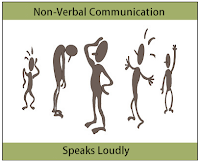High-Functioning Autism (HFA), formerly “Asperger Syndrome,” is first and foremost a social disorder. Children with HFA are not only socially isolated, but also demonstrate an abnormal type of social interaction that can’t be explained by other factors (e.g., shyness, short attention span, aggressive behavior, lack of experience in a given area, etc.). Children with HFA are notable for their lack of motivation to interact with others. However, their social difficulties frequently stem from an incompetence and lack of knowledge and skill in initiating and responding in various situations and under variable conditions. For example, an adolescent with HFA may appear odd because of his continuous insistence on sharing with peers an obsessive interest in space craft, despite their displays of apathy for this topic. The fact that social difficulties of young people with HFA range from social withdrawal and detachment to unskilled social activeness is well documented. Nonet



